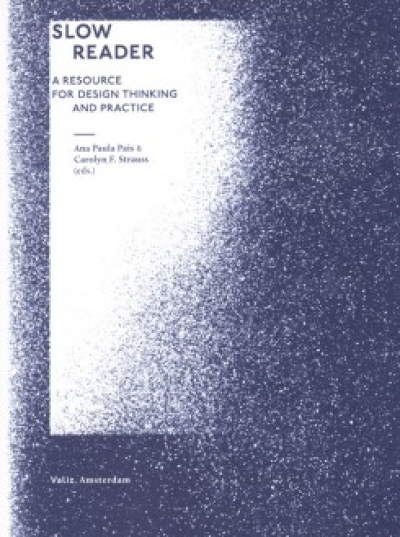
Slow Reader: A Resource for Design Thinking and Practice
Zoom in. Zoom out. Theory and practice. Proposition and action. Individual and collective. Local and global. Ephemeral and durational. Material and immaterial. Rooted and emergent. Particle and universe.
Slow Reader offers alternative visions and variant rhythms for reflecting upon and (re-)imagining the spatial, relational, and temporal potentials of a complex, interdependent world. A diverse and inspiring array of voices—by turns poetic and pragmatic, analytical and aspirational—converge in this volume to awaken new understandings, challenge comfort zones, spark curiosity and debate, and incite further investigation of ‘Slow’ approaches to living, now and into the future.
This book comprises a collection of theoretical reflections and practical perspectives that offer a holistic vision of human activity in enduring, dynamic interaction with other living systems. Positioned as a “resource for design thinking and practice,” it challenges the paths through which contemporary design practitioners operate, suggesting alternative perspectives and an expanded palette of tools for addressing a complex web of interdependencies. Intended to inspire well beyond the various design fields, it serves as a vehicle for reflection, (re-)imagination, and further investigation of “slower” approaches to living, individually and collectively, now and into the future.











